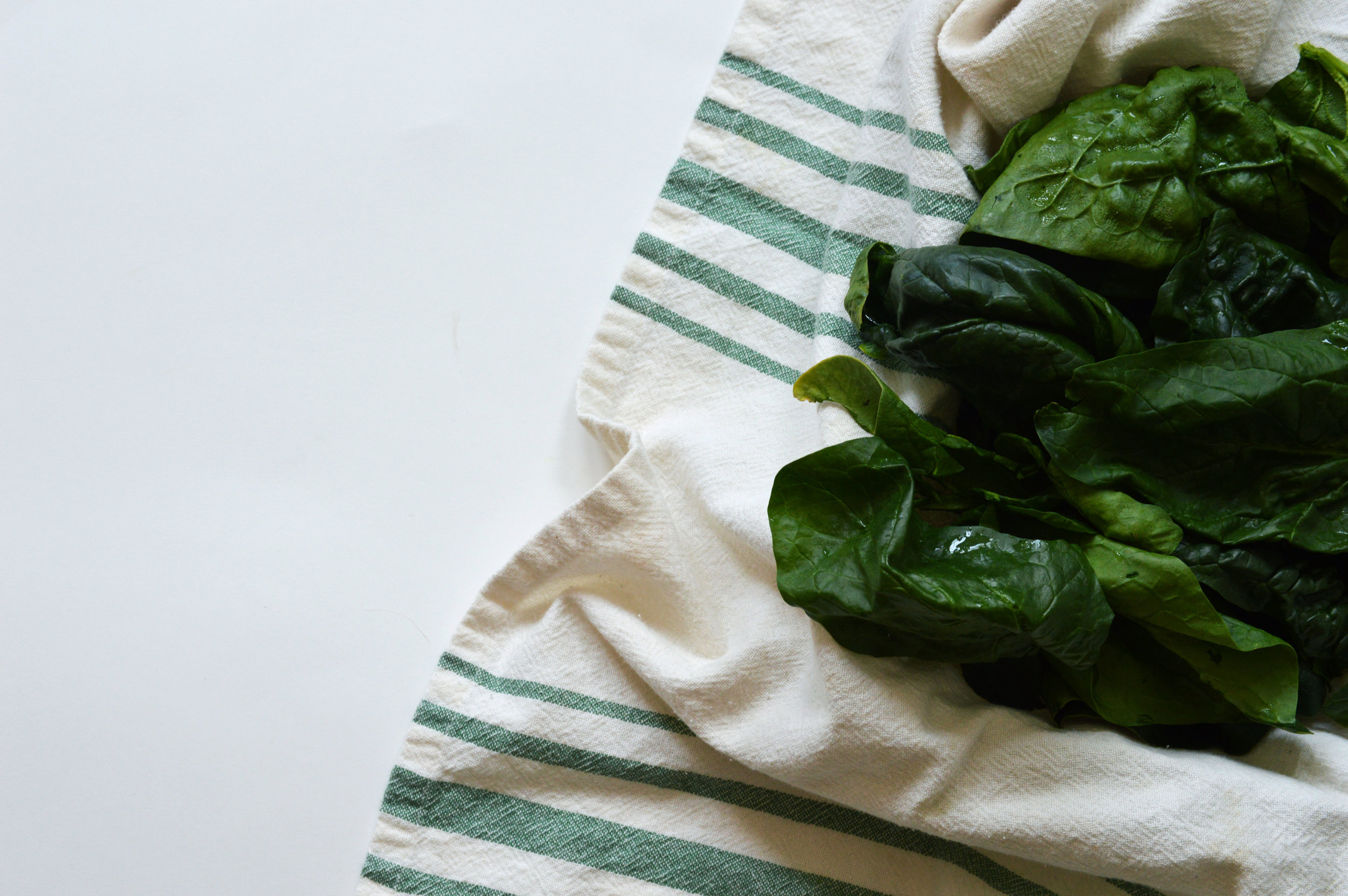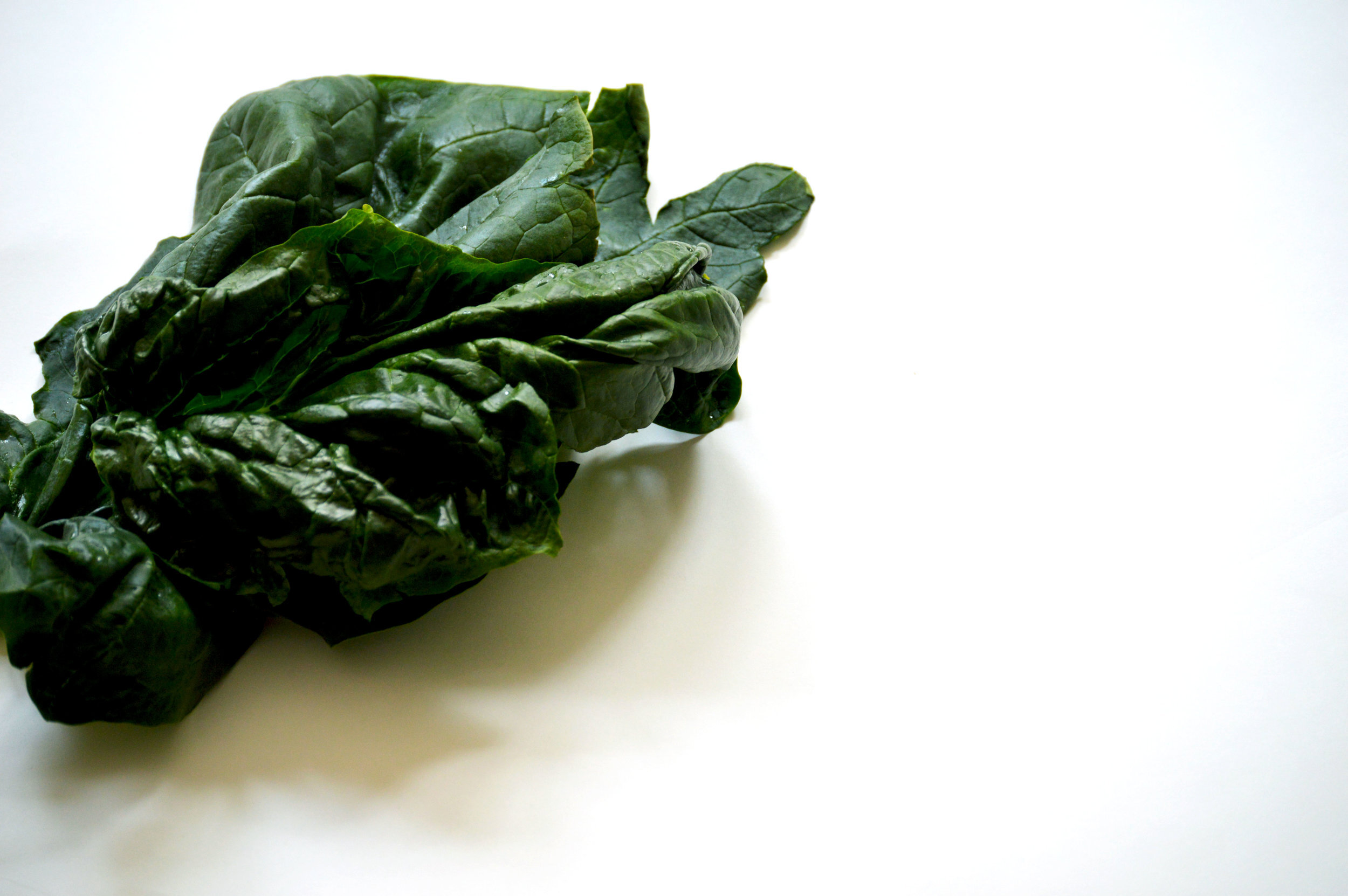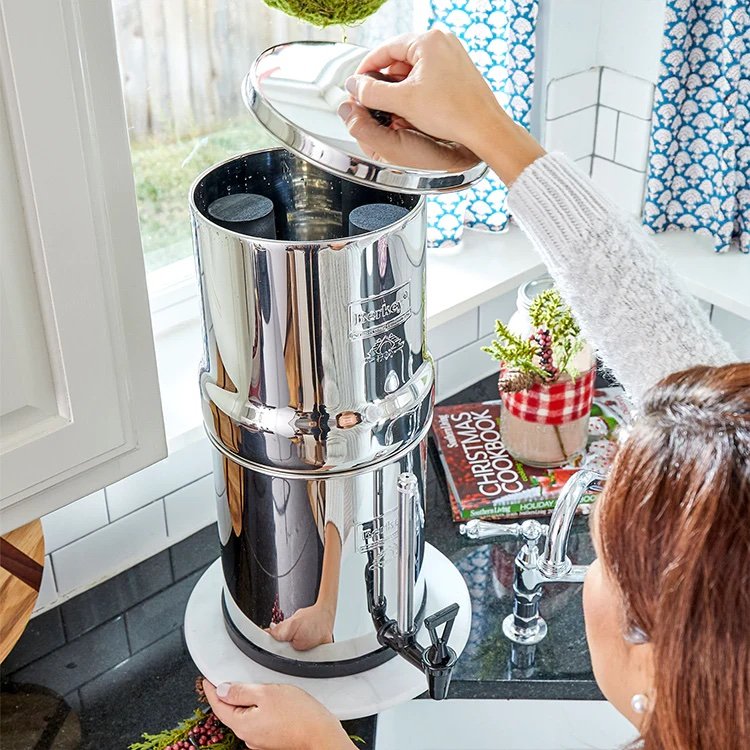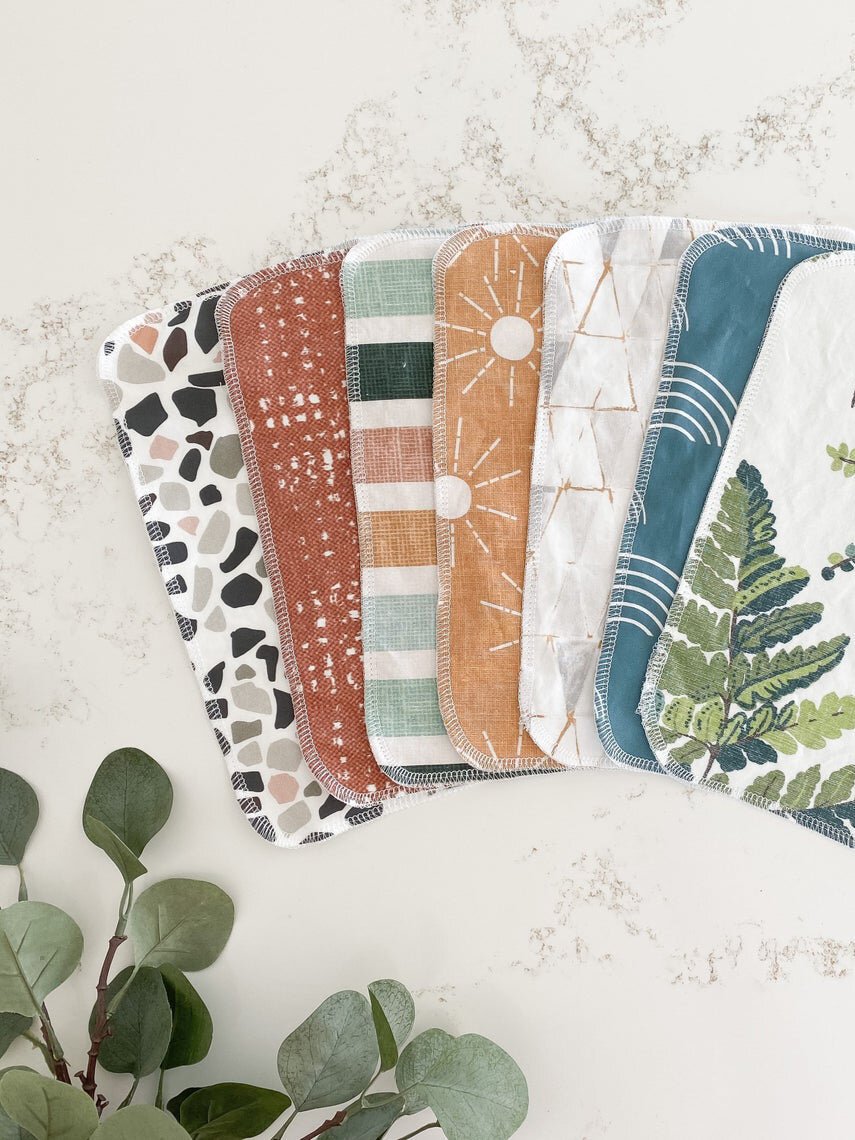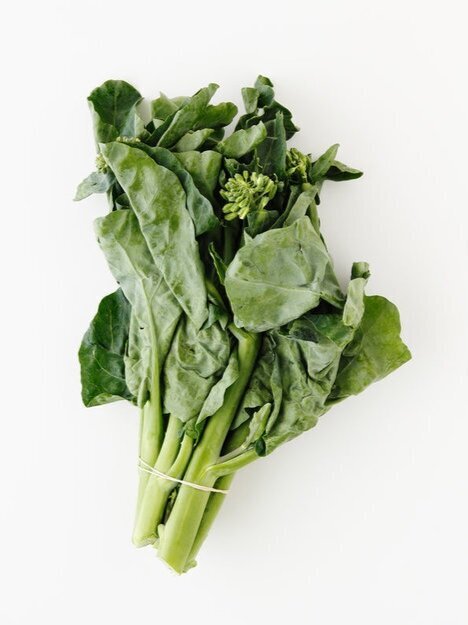
How To Store Your Veggies & Keep Leafy Greens Fresh (Without Plastic!)
Tips For Creating A Plastic-Free Refrigerator
Notoriously quick to wilt and rot, leafy greens can keep fresh for nearly a week when stored correctly—and the best way to do that doesn’t involve a single plastic bag. Besides being a significant form of pollution on our planet and oceans, plastic doesn’t break down. Not only that, but BPA—the toxic chemical found in plastic, can leach out into our produce—eventually making its way into our bodies.
The good news? There is more awareness than ever before about plastic’s effect on our food, so the real challenge is deciding which other storage option to choose. Not to worry, preserving your greens plastic-free is simple, easy, and budget-friendly to boot.
Here’s how to store your greens without plastic, so that delicious farmer’s market haul doesn’t go to waste. (And don’t miss our complete guide to zero waste home goods.)
Cloth Options for Plastic-Free Food Storage
Reusable organic cotton bags have become a popular plastic alternative for buying and storing produce and other food items, simply because they are so effective. These cost-effective bags are easy to store in your grocery totes or handbag for instant access, and they’re also pretty awesome for keeping food fresh sans plastic.
Here are a few sustainable choices:
Organic cotton bags
Lightweight, versatile and durable, cotton produce bags like Ecobags are great for grocery shopping and food storage at home, especially thanks to the drawstring. Use them while walking the aisles and choose your produce—but they’re not recommended for keeping greens fresh in the fridge.
Cloth mesh bags
Similar to the organic cotton bag, this mesh version has large woven perforated holes to allow ventilation. Again, these are a great option for transporting leafy greens from the store to your fridge—but they are not recommended for storage. However, you can preserve hardier produce in these!
French Terry Bags
Vejibags makes a french terry cloth bag that is a plastic-free alternative for keeping leafy greens crisp and flavorful. The Swag is another brand we love for unbleached and unseeded machine-washable produce bags. Simply run the bag under the faucet to get it damp, then store your produce inside for ultimate freshness throughout the week.
Furoshiki Kitchen Towel
A kitchen miracle, the Furoshiki kitchen towel is a sturdy cloth towel meant to replace single-use items in your kitchen. Use it for cleaning, as an apron, or for storing produce in the fridge. It’s ideal for wrapping up bread and sandwiches as well.
Other plastic-free food storage options
-
Reusable Ziplocs/storage bags (like Stasher bags)
How to Store Leafy Greens Without Plastic
Leafy greens—including lettuce, arugula, mustard greens, dandelion greens, watercress, spinach, kale, chard, and cabbage—are best kept inside a loosely closed bag or sealed glass container, uncrowded and completely dry.
To prepare:
-
Remove all stems, twist ties, rubber bands, and other packaging items.
-
Wash your produce thoroughly. Not only does a good wash clean off any dirt or debris, but it also rehydrates your greens to help keep them crisp.
-
After you wash your greens, allow them to dry completely—moisture will encourage wilting. Use a salad spinner (like this one) or air dry your veggies before storing them.
Then, choose from one of the three options below for storing.
Option one: Wrap your lettuce loosely in a tea towel or bento cloth and tie a knot to close. Don’t pack the greens tightly (give them room to breathe), as that can cause them to rot. Once wrapped, place it in a glass food storage container in a cooler part of your fridge, like a crisper or towards the back. This is not only preserves your lettuce but also keeps it fresh.
Option two: Place your washed and dried greens in a loosely sealed reusable food storage bag. Again, give it some room and make sure the leaves are completely dried before storing. Like with method one, you’ll want to keep it in a cool spot in your fridge.
If you’re using Vejibag or The Swag bag, you can rinse and shake off the greens—no need to dry completely. Store them damp in the refrigerator for ultimate freshness.
Option three: Freeze your greens! If your CSA box came with enough arugula to last you until next summer, consider freezing your greens to lock in the freshness and flavor. Here’s how:
-
Blanche the greens by bringing a pot of water to a rolling boil. Then use tongs to place your greens inside, one by one.
-
Boil for no more than 30 seconds and add them to a bowl of ice (this shocks them and keeps them from wilting).
-
Completely dry the greens in a colander and pat lightly with a towel.
-
Roll them up into a ball, wrap them tightly in beeswax wrap, and then transfer them to the freezer for two to three minutes.
-
Once they have frozen, you can transfer them to a reusable food storage bag and leave them in the freezer until your next meal.
While you may not want to use frozen lettuce to prepare your next salad, this method is great for preserving greens to use in soups and stews throughout the winter.
Katherine Englishman is a freelance writer based in beautiful southern Maine with her growing family. She focuses on travel, design, sustainability, and lifestyle, and has written for Outside Online, Field Mag, Food52, Maine Magazine, and Mother Mag, among others.

